vitanola
I'll Lock Up
- Messages
- 4,254
- Location
- Gopher Prairie, MI
35!Commonwealth Avenue, Boston MA, the home of Arthur S. Little, the architect who began the Colonial Revival, pictured at about the time of the Great War:
The first house that my wife and I bought was a Victorian terrace, it was the fad of the day to remove or cover those intricate details that you described. We loved them, we even managed to source early electricals like light switches to keep it as original as possible. It was originally gas lit, but someone at some stage had sympathetically replaced the gas mantle with a similar looking electric light bulb. So good was it that unless you knew that the property was built before mains electricity you would think that the feature was original.Since we are not comparing room by room, it's hard to go detail by detail, but what I find disappointing is that so many of the original architectural details (that would cost a crazy amount to do today) - like the beamed ceilings, fireplace mantles, intricate (and heavy) doors, "scrolly" things on the wall and the extensive molding - have been striped out or (maybe) covered up.
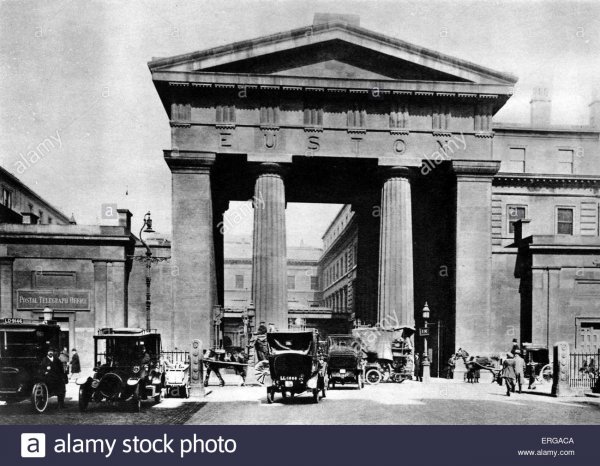
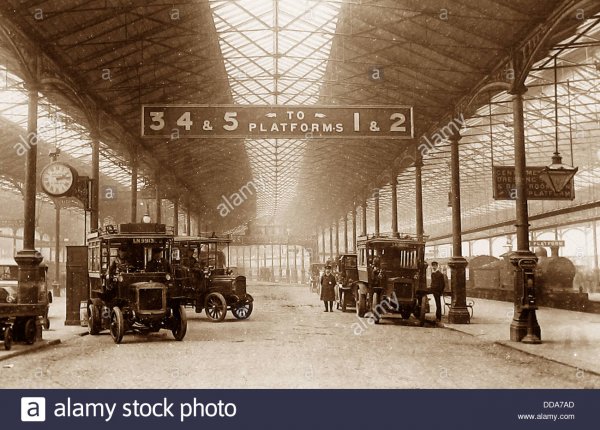
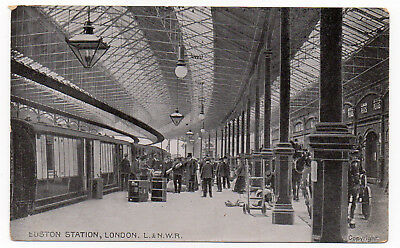
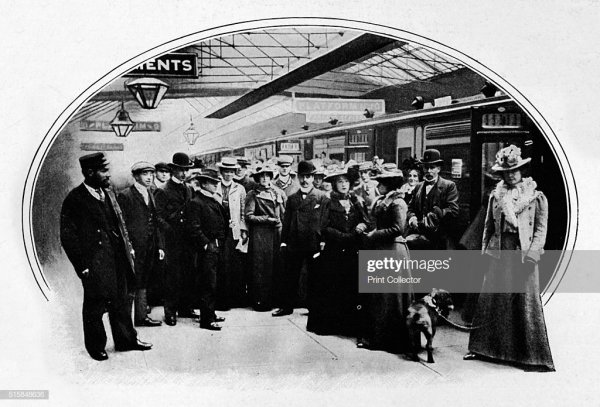
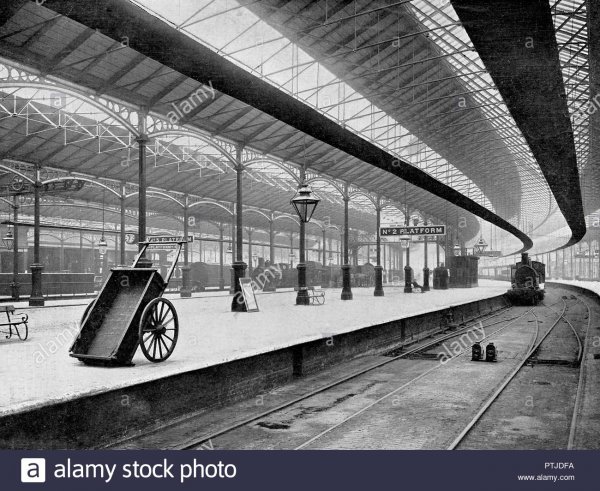
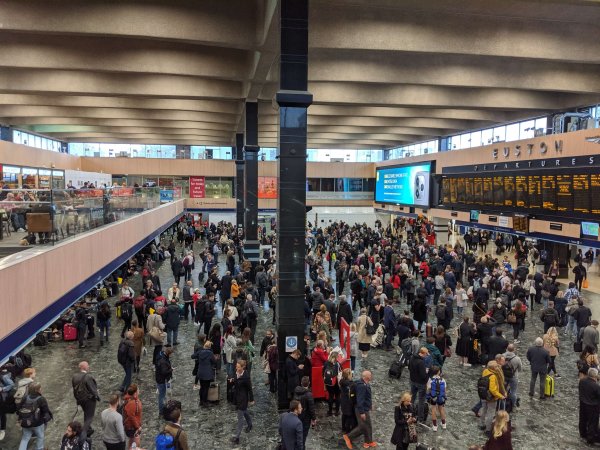
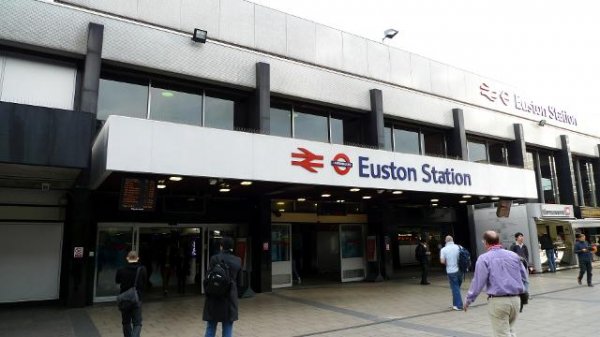
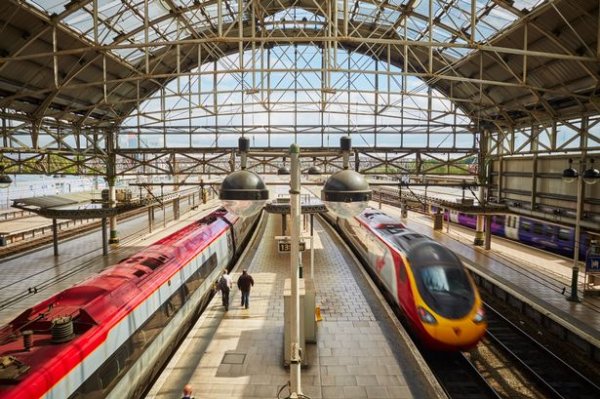
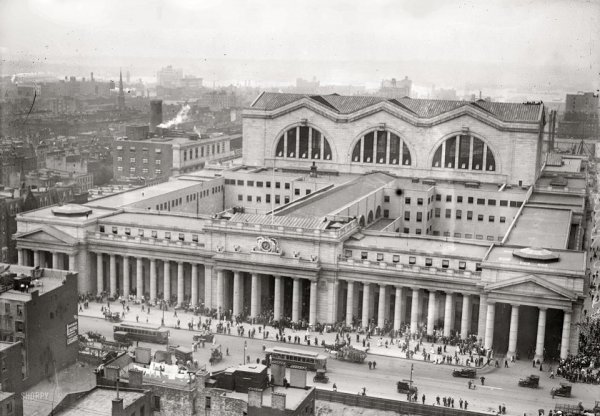
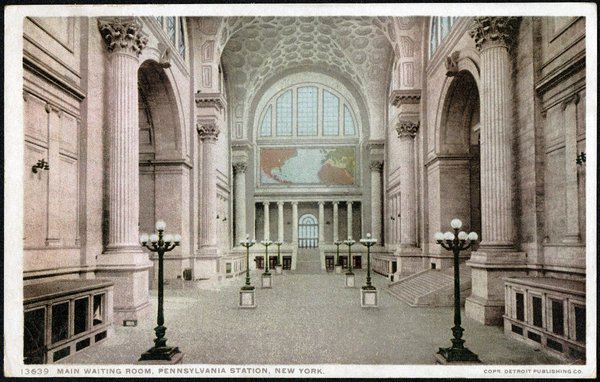
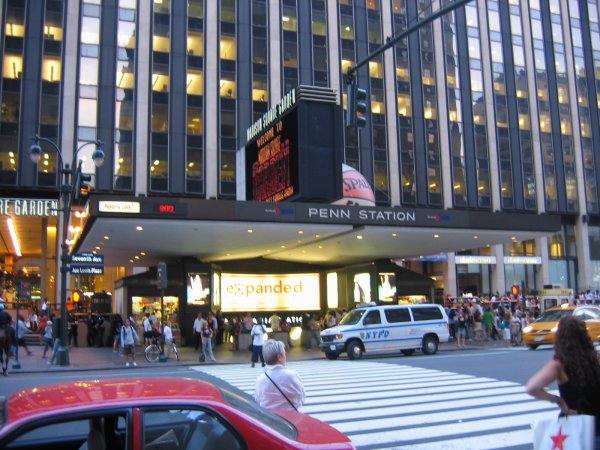
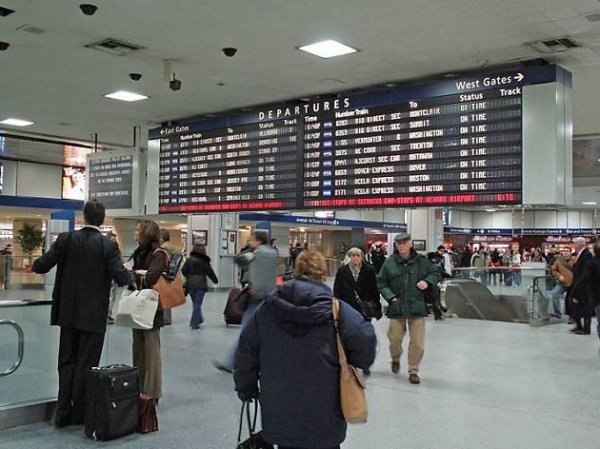
How can you justify taking the wrecking ball to that architectural masterpiece? A while back I saw, on TV, a documentary type of program about great public buildings around the world that town planners have destroyed. Pennsylvania Station, the McKim, Mead and White masterpiece that was demolished and replaced by the execrable Penn Station. A classic of Beaux-Arts design and one of the architectural jewels of the city, didn't it's destruction lead to the start of the architectural preservation movement in America? Of the two buildings, before and after, architecture critic Vince Scully noted: “One entered the city like a god; one scuttles in now like a rat.”
I have tried to find some details of that TV program, I remember a snippet about Ebbets Field, Brooklyn, I looked that up on Wiki, it moved to Los Angeles, seriously? When the founding fathers left our shores for the new world, they must have had a mercenery stowaway or two with destructive genes that they subsequently passed on. Didn't you lose a building that the famous Frank Lloyd Wright designed? I wish I could remember that TV program.
...It was abandoned in 1970 and left to rot, set on fire by vandals, left to rot some more, and was finally torn down in 1976. That's how we tend to treat our "architectural treasures" when they outlive their commercial usefulness.
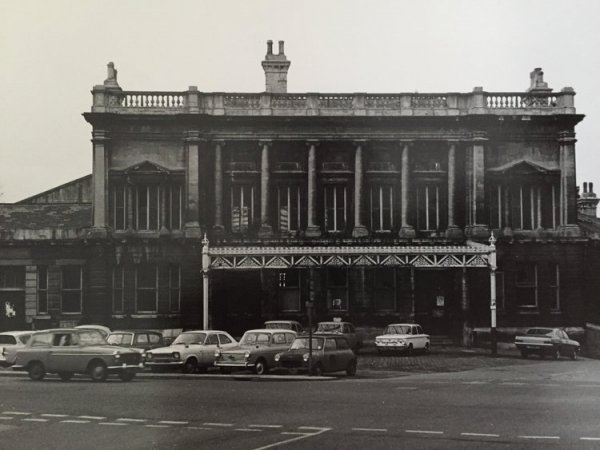
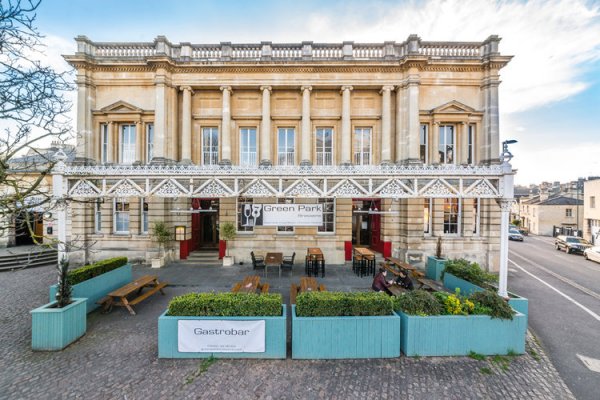
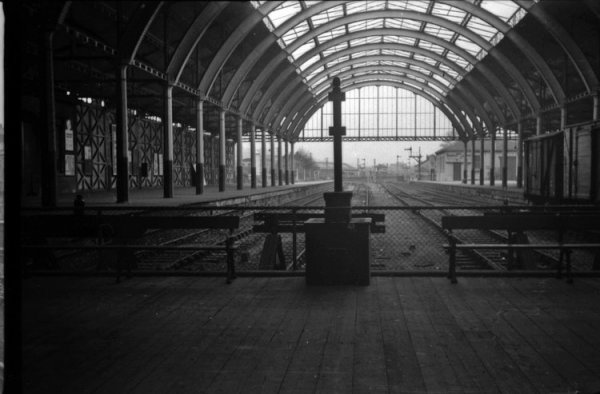
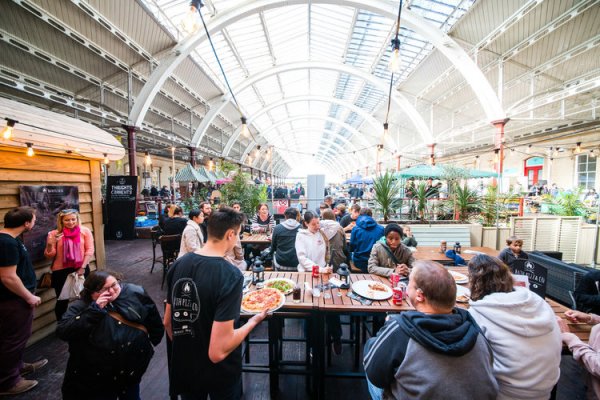
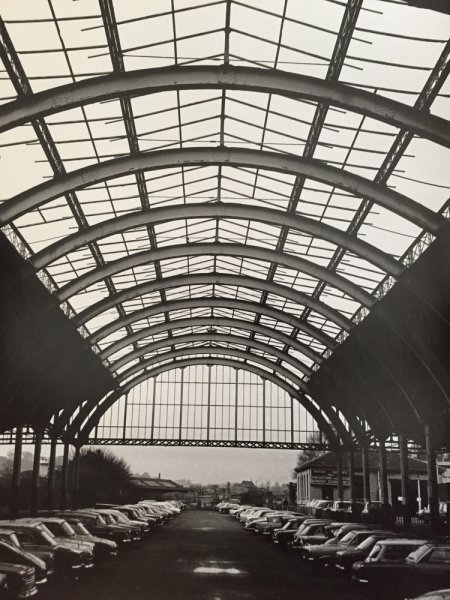
 Alden 403 Moc Toe Boot - Brown Chromexcel - $680 The classic "Indy" style Alden Boot in the classic Horween brown Chromexcel.
Alden 403 Moc Toe Boot - Brown Chromexcel - $680 The classic "Indy" style Alden Boot in the classic Horween brown Chromexcel.  Grant Stone Diesel Boot Dark Olive Chromexcel - #395 Goodyear welted, Horween Chromexcel, classic good looks.
Grant Stone Diesel Boot Dark Olive Chromexcel - #395 Goodyear welted, Horween Chromexcel, classic good looks.  Himel Bros. - The Ross Mk. 1 Leather Jacket Classic D-pocket motorcycle/aviator style jacket.
Himel Bros. - The Ross Mk. 1 Leather Jacket Classic D-pocket motorcycle/aviator style jacket. On A small scale, my hometown has a beautiful little former episcopal church which has been for sale for a number of years. The congregation withered away in the mid 2000s, and the little clapboard building has been sitting vacant ever since. It’s an interesting structure, a generally Greek revival in its design, with Gothic Ogilvy windows. The building is in a remarkable state of preservation, retaining it’s entire original configuration, including its walnut and butternut box pews. It is the oldest surviving church in the state and possibly the oldest surviving structure in the state. This little building has been for sale for several years for about $90,000. At one point I considered buying it, but I couldn’t think of what to do with it. There really is nothing to be done with that building unless one commits violence and And the tears out of the original box pews and pulpit, I just could not bring myself to do that. Show the building languages. Modern churches or rather modern congregations don’t use the style of worship that is suited to a building of that type. The best way to preserve a building is to figure out a way for it to make money, or at least enough money to support its maintenance. None of us seem to be able to do that. Anything that would allow the building to be modified in such a way that the building would be commercially useful would involve destroying important parts of its fabric. And so the building sits,Slowly deteriorating. One of these days probably in five or 10 years it will be in to rough condition to salvage and it will be demolished and that will be that
I am greatly in favor of preserving historical buildings. What I am not in favor of is forcing people of limited means who happened to be caught up in the preservation zone not being allowed to use their personal property as they see fit. I don't know how these things are done in other areas but I can show you post war bungalows built in older neighborhoods here that are included in the zone. If any work is done on the exterior it must comply with standards generated by the preservation committee. People who have owned their homes for 50 years or more and want to replace a rotting front door should not be under the control of others who have no investment in the property.